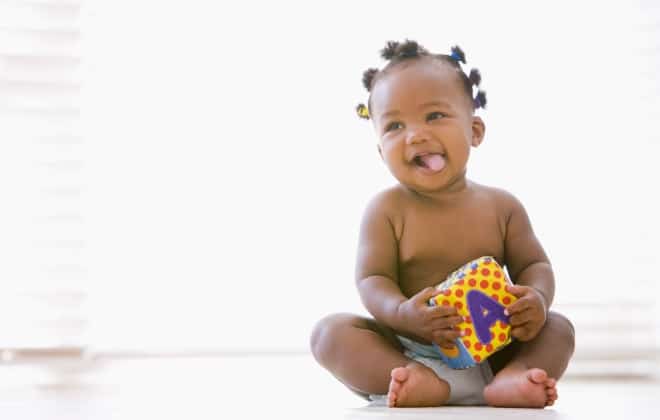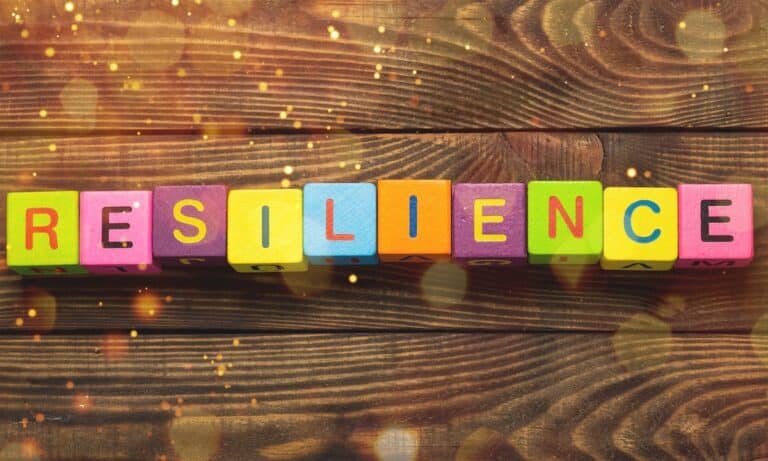Baby Sign Language – Communication Without Words

Parents want to understand their babies and they want to be understood. Baby sign language can help to improve communication even before your little one says their first words.
What Is Baby Sign Language?
Baby sign language is supposed to bridge the time when the baby cannot yet speak by using various hand gestures. Some of them are adapted from the American Sign Language (ASL). Signing is said to contribute to the satisfaction of a child and their parents.
The best age to start with sign language is between the sixth and ninth months of life. Babies have developed the necessary motor skills to use their hands in a coordinated way then. The following situation descriptions show whether the baby is ready for sign language:
- They drop toys and look at the object.
- The baby points at things.
- She or he can already sign like waving.
- Your child imitates gestures or activities.

How to Teach Sign Language to Your Child
To introduce baby sign language, you should choose such signs symbolizing your child’s basic needs. Milk, eat, or more are important terms for babies and make it easier for them to communicate. For example, always show the sign for milk to your child when you breastfeed or feed them with a bottle. Ask questions and indicate: “Do you want to drink your milk? “You can also say the word and gesticulate immediately afterward: “You have drunk your milk well.”
Important for teaching: Repeat the baby signs as often as possible. Make sure your child looks at them. The more often the baby sees them, the faster they learn to understand which signs mean which words. However, limit yourself to signing a few words that differ from each other at the beginning. Otherwise, confusion can arise on both sides, and using sign language with your infant can lead to frustration.

This Is What Research Says About Baby Sign Language
In social networks, there are always debates about the sense and nonsense of baby sign language. Supporters say that it improves the parent-child relationship. Also, teaching sign language from an early age should promote their language development and intellectual growth. Last but not least, children who understand and use baby signs are said to develop better social competence. However, critics argue that there are still no reliable studies on this subject.
Despite this, sign language for babies or toddlers offers great fun for both parents and children. For older siblings, signing is also a nice way to play with younger ones. This can help to improve bonding between family members.
Baby Sign Language – No Substitute for Language Development
You should not, however, get bogged down by the use of the signs. Getting to know and understanding body language, facial expressions, and gestures are also important for children. Nevertheless, if the child’s speech development is noticeably delayed, it’s better to consult specialists such as a pediatrician and speech therapist. Communication with sign language should not compensate for disturbances in speech development.

Bonding Through Sign Language
Baby sign language enables playful communication with the baby or toddler. It is not verified whether it promotes intelligence or social competence. Nonetheless, it can be fun to get in touch with your baby in this way. The time spent together strengthens the bond between parents and child. There are even courses and workshops teaching baby sign language. There you can learn this kind of language together with other parents.





